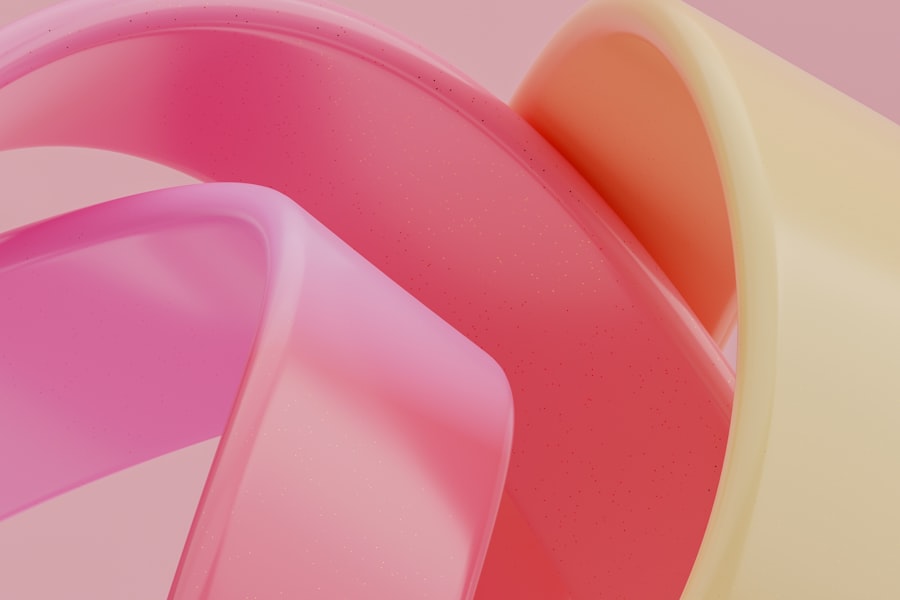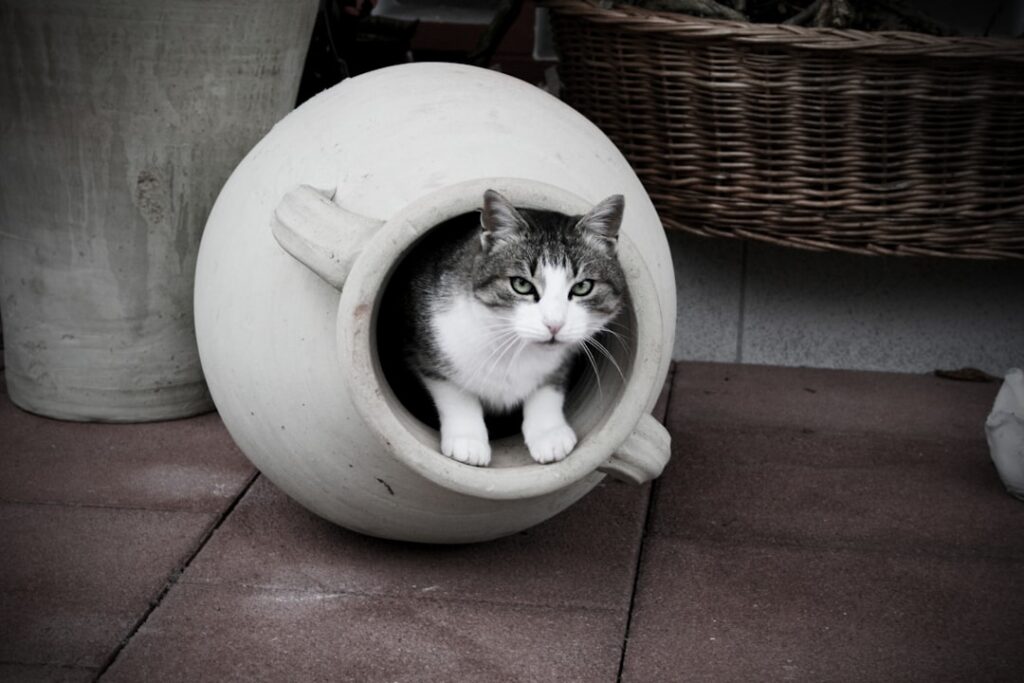Urine is a complex biological fluid that serves as a waste product of metabolism in the human body. It is primarily composed of water, which constitutes about 95% of its total volume. The remaining 5% consists of various solutes, including urea, creatinine, uric acid, electrolytes, and other organic and inorganic compounds.
Urea, a byproduct of protein metabolism, is one of the most significant components, accounting for approximately 2% of urine. Creatinine, which is produced from muscle metabolism, and uric acid, a product of purine metabolism, also play crucial roles in the overall composition of urine. The concentration of these components can vary significantly based on several factors, including hydration levels, diet, and overall health.
For instance, a diet high in protein can lead to increased urea levels, while dehydration can concentrate all solutes in urine, making it darker and more pungent. Additionally, the presence of certain medications or medical conditions can alter the composition of urine, leading to changes in color and odor. Understanding these components is essential not only for medical diagnostics but also for recognizing how urine interacts with various materials, including the porcelain and ceramic surfaces commonly found in toilets.
Potential damage caused by urine to toilets
Urine can cause significant damage to toilets over time due to its chemical composition. One of the primary concerns is the presence of urea and ammonia. When urine is left to sit on toilet surfaces, bacteria break down urea into ammonia, which can lead to unpleasant odors and contribute to the deterioration of toilet materials.
The ammonia can react with the ceramic glaze of toilets, leading to etching and discoloration. This not only affects the aesthetic appeal of the toilet but can also compromise its structural integrity. Moreover, urine contains various salts and minerals that can crystallize over time, especially in areas with hard water.
These deposits can accumulate around the rim and in the bowl, leading to unsightly stains and potentially clogging the plumbing system. The buildup of these minerals can create a rough surface that attracts more grime and bacteria, exacerbating the problem. Over time, this can lead to costly repairs or even the need for complete toilet replacement if left unaddressed.
Methods to prevent urine damage to toilets

Preventing urine damage to toilets requires a combination of good hygiene practices and proactive maintenance. One effective method is to encourage regular cleaning routines. Toilets should be cleaned at least once a week using appropriate cleaning agents that can neutralize odors and break down mineral deposits.
Products containing citric acid or vinegar can be particularly effective in dissolving limescale and preventing buildup. Another preventive measure is to ensure proper flushing techniques. Users should be educated on the importance of flushing after each use to minimize the time urine sits on the toilet surfaces.
This simple act can significantly reduce the risk of staining and bacterial growth. Additionally, installing toilet bowl cleaners that release cleaning agents with each flush can help maintain cleanliness and prevent damage over time.
Cleaning and maintaining toilets to prevent urine damage
| Metrics | Data |
|---|---|
| Toilet Cleanliness | Regular cleaning schedule |
| Preventive Measures | Using urine-resistant coatings |
| Inspection Frequency | Weekly visual checks |
| Repair and Maintenance | Immediate fixing of leaks or damages |
Regular cleaning is essential for maintaining the integrity of toilets and preventing urine damage. A thorough cleaning routine should include scrubbing the bowl with a toilet brush and using disinfectants that target bacteria and odors. It is advisable to focus on areas that are prone to buildup, such as under the rim and around the base of the toilet.
Using a pumice stone can also help remove stubborn stains without scratching the ceramic surface. In addition to regular cleaning, it is important to address any leaks or drips promptly. Even small amounts of urine that accumulate due to leaks can lead to significant damage over time.
Homeowners should inspect their toilets regularly for signs of wear or malfunctioning parts, such as flappers or seals. Replacing these components as needed can prevent further issues and extend the life of the toilet.
Signs of urine damage to toilets
Recognizing the signs of urine damage early can help mitigate further deterioration and costly repairs. One common indicator is discoloration around the toilet bowl or under the rim, which may appear as yellow or brown stains. These stains are often caused by mineral deposits or bacterial growth resulting from stagnant urine.
Additionally, an unpleasant odor emanating from the toilet area can signal that urine has been allowed to sit too long or that there is a buildup of bacteria. Another sign of potential damage is the presence of rough patches or etching on the ceramic surface. Over time, these imperfections can trap more dirt and bacteria, creating a vicious cycle of grime accumulation.
Homeowners should also be vigilant for any signs of leaks or moisture around the base of the toilet, as this could indicate a more serious issue that requires immediate attention.
Seeking professional help for severe urine damage to toilets

In cases where urine damage has become severe, seeking professional help may be necessary to restore the toilet’s functionality and appearance. Plumbers or specialized cleaning services can assess the extent of the damage and recommend appropriate solutions. This may include deep cleaning techniques that are not feasible for homeowners to perform themselves or even repairs to plumbing systems affected by mineral buildup.
If a toilet has sustained significant structural damage due to prolonged exposure to urine, replacement may be the only viable option. Professionals can guide homeowners through selecting a new toilet that meets their needs while ensuring proper installation to prevent future issues. Investing in high-quality fixtures with protective coatings can also help mitigate potential damage from urine in the long run.


